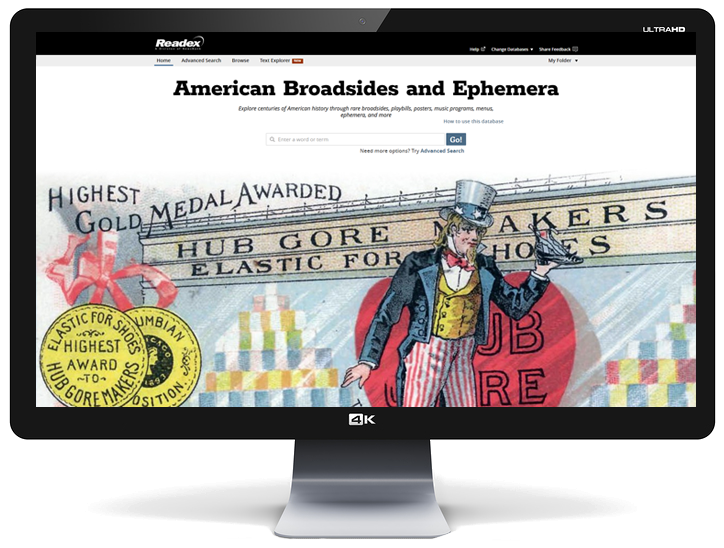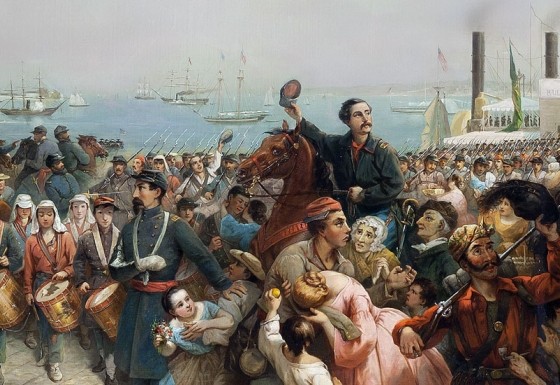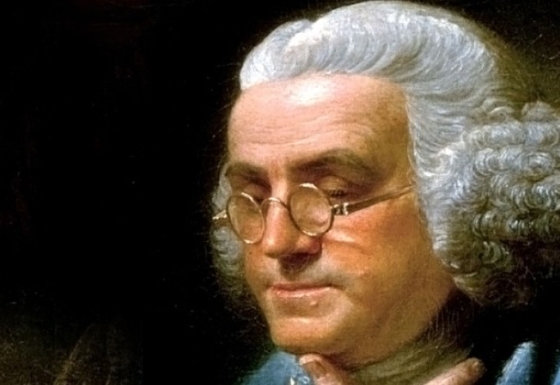Broadsides and ephemera were an affordable way for many 18th- and 19th-century Americans to express their views, share news, or distribute their writings publicly, and they vividly capture the daily lives of earlier Americans in a way that no other material can. Nearly every town had a newspaper printer, and these printers kept their presses busy creating inexpensive material like broadsides, advertisements, trade cards, billheads and ballads. Much of this ephemera was subsequently destroyed by the elements, reused, or simply tossed away.
Built in partnership with the American Antiquarian Society, American Broadsides and Ephemera features searchable, full-color digital facsimiles of these rare, locally-printed documents from across the country. This digital collection includes 15,000 broadsides printed between 1820 and 1900 and 15,000 pieces of ephemera printed between 1749 and 1900. Many are graphically stunning, in contrast to other contemporary printed items.
Fascinating documents on local and national subjects
The remarkably diverse subjects of the broadsides in this collection range from contemporary accounts of the Civil War and natural disasters to government proclamations and town meeting reports. The collection also offers confessions of convicted criminals, theater playbills and concert programs, publishers’ prospectuses, patriotic and popular songs and poems, campaign literature, items illustrating political party organizations and controversies and much more.
An unfiltered glimpse into 18th- and 19th-century America
The ephemera in this digital edition include a large number of detailed advertisements, often with full-color illustrations. Among them are image-rich ads for the clipper ships that sailed between the east and west coasts after the discovery of gold in California. Others include early trade cards—generally a printed notice of available goods or services—which offer insight into the consumer culture and business practices of the period. Billheads not only offer information about tradesmen’s products and prices, but also document what consumers purchased. In addition, there are hundreds of stock certificates illustrated with manufacturers’ vignettes, invitations and agendas for civic, political and private meetings, and other image-rich items.
Seamless integration with all Readex collections
American Broadsides and Ephemera is fully integrated into Readex AllSearch for a seamless searching and browsing experience with all other Readex collections to jumpstart research and quickly navigate results.









































